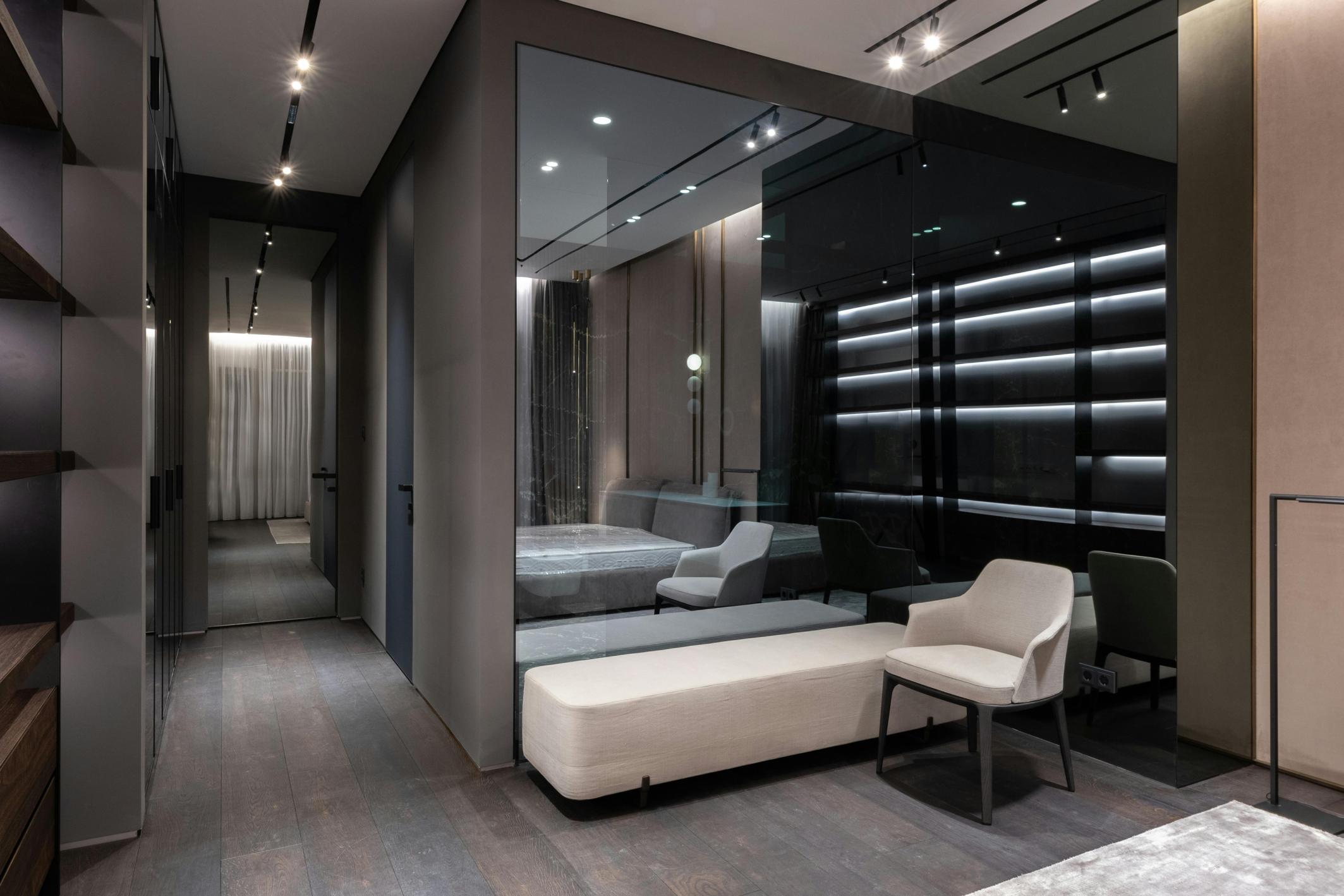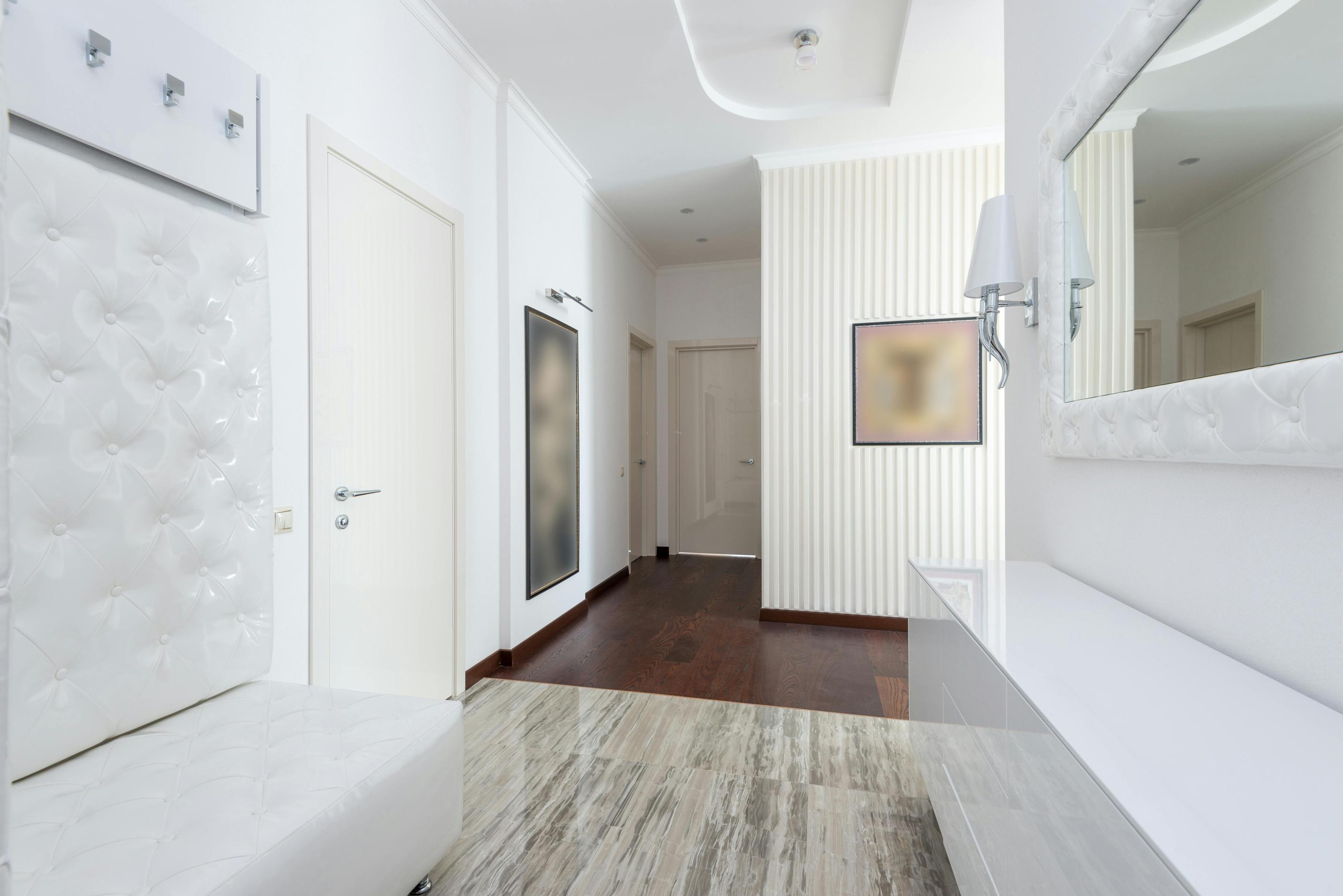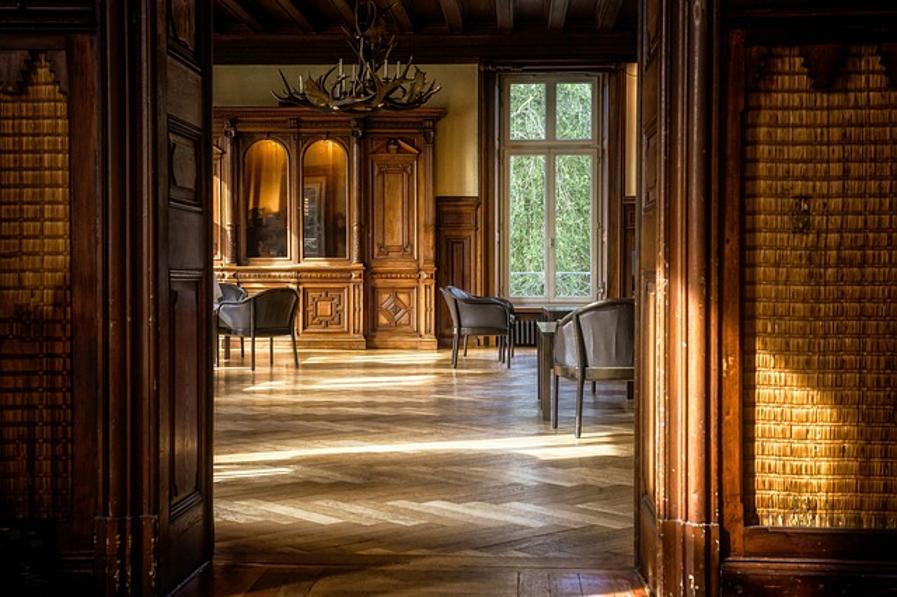Introduction
Enhancing your living room ambiance often starts with proper lighting. Floor lamps not only serve as functional light sources but also add a significant design element to your space. However, knowing where to place these lamps can make a world of difference in both illumination and aesthetic appeal. This guide will walk you through the best strategies for floor lamp placement, ensuring your living room shines with style and purpose.

Benefits of Proper Floor Lamp Placement
Correctly positioned floor lamps can transform the look and feel of your living room. Here are several key benefits:
- Enhanced Mood and Ambiance: Thoughtful lamp placement can help set the desired mood, from cozy and intimate to bright and lively.
- Task Lighting: Properly placed floor lamps can provide excellent task lighting for reading, working, or engaging in hobbies.
- Room Highlighting: Illuminating specific areas or elements can draw attention to your room’s best features.
- Balance and Functionality: Strategic lamp placement can make your living room more balanced, functional, and easy to navigate, reducing shadows and highlighting walkways.
By understanding these benefits, you can better appreciate the importance of optimal lamp placement as we now dive into pinpointing the best spots in your living room.

Optimal Placement Spots for Floor Lamps in Living Room
Putting a floor lamp in the right spot is an art and science. The following are some prime locations to consider.
Next to the Sofa or Armchair
Adding a floor lamp next to your sofa or armchair is ideal for task lighting. This placement turns the area into a perfect reading nook or a cozy spot for conversation. Ensure the lamp is at a height where it provides adequate light without causing glare on any screens or eyes.
In a Dark Corner
Transform a shadowy corner into a well-lit, inviting space with a floor lamp. This not only improves the room’s overall lighting but also utilizes otherwise wasted space. A corner lit with a floor lamp can also create depth and interest in the room.
Beside a Console Table
Positioning a floor lamp beside a console table adds both function and flair. It offers additional light when using the table for drinks, snacks, or displaying decor. This spot also provides a balanced look when positioned across from other light sources.
Near Artwork or Decor
Highlighting artwork or decor with a floor lamp can make these items stand out. A well-placed lamp can accentuate the color, texture, and details of your art pieces or decorative elements, giving them a gallery-like presence.
Behind the Seating Group
Placing a floor lamp behind the seating group can provide soft, ambient lighting that’s perfect for social gatherings or watching TV. It can also fill the room with an even glow, reducing the need for multiple light sources and creating a warm ambiance.
After identifying these impactful spots, it’s essential to choose the right type of floor lamp to complement your space.
Tips for Choosing the Right Floor Lamp
Selecting the correct floor lamp involves more than just aesthetics. Here are some tips to ensure you make the right choice:
- Height and Scale: Choose a lamp that fits the height of your furniture. A lamp that’s too tall or too short can look out of place and fail to provide adequate light.
- Style and Design: Match the lamp’s style with the overall decor of your living room. For instance, a contemporary lamp may clash with a traditionally styled room.
- Lighting Needs: Determine the type of lighting you need—ambient, task, or accent lighting—and select a lamp that fulfills that requirement.
- Bulb Type: Consider the type of bulb (LED, incandescent, etc.) and its color temperature. Warm light is generally more inviting and relaxing, while cooler light is better for tasks.
These tips can help you narrow down choices and ensure your floor lamp is both functional and stylish.
Mistakes to Avoid When Placing Floor Lamps
Even with the best intentions, some common mistakes can hinder your living room’s lighting. Avoid these pitfalls:
- Ignoring Proportions: Placing a lamp that’s too large or too small for your space disrupts the room’s balance.
- Blocking Pathways: Ensure your lamp doesn’t become an obstacle in walkways or areas of frequent use.
- Overlooking Lamp Functionality: A beautiful lamp that’s too dim or hard to switch on is more frustrating than functional.
Keeping these mistakes in mind helps maintain the harmony and utility of your living room’s lighting design.

Conclusion
The strategic placement of floor lamps can significantly elevate your living room’s ambiance and functionality. By considering the benefits, ideal spots, and best practices for choosing a lamp, you can create an inviting, well-lit, and aesthetically pleasing space. Avoiding common mistakes ensures the lighting complements your overall design without obstacles or inconsistencies.
Frequently Asked Questions
How tall should a floor lamp be in the living room?
Ideally, a floor lamp should stand between 58 to 64 inches tall, ensuring it provides adequate lighting without being intrusive.
Can you use a floor lamp as a primary light source?
While floor lamps are excellent for ambient and task lighting, they should complement other light sources for an evenly lit room.
What styles of floor lamps are best for modern living rooms?
Sleek, minimalist designs, often in metals like chrome or brushed nickel, with clean lines and simple shapes, work best in modern living rooms.
